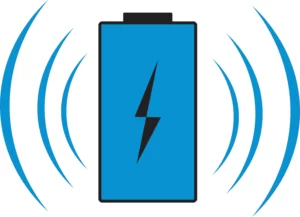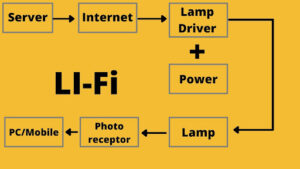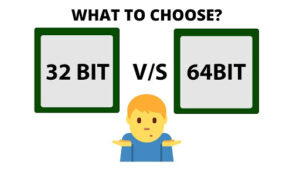BOOTING
In computer or mobile, booting (or booting up) is the initialization of a computerized system. The system can be a computer or a computer appliance or software. The Booting process can be ‘Hard’ or ‘Soft’. On some systems, a soft boot may clear RAM to zero. The Hard booting can be controlled by an electrical button or switch. On the other hand, the soft boot can be controlled with software. When the normal, operative, runtime environment is attained you can say the booting is completed.
After switching on the BOOT LOADER loads the OPERATING SYSTEM and other programs into RAM from Hard Disk or SSD. This loader is for the operating system. In the hard reboot process, it runs after completion of the self-tests, then loads and starts the software. Like POST processes, the boot loader code comes from a persistent location; for some reason, if that location is too limited, then the primary boot loader calls a second-stage boot loader or a secondary program loader.
Today’s modern general-purpose computers boot up in less than ten seconds, or even in a minute, and typically involve performing a power-on self-test, initializing and locating peripheral devices, and then finding, loading and starting an operating system. The booting process does not apply to hibernating or sleeping because the Operating system is already loaded on RAM. To redesignate the computer, it should require a reboot.
The boot is short for bootstrap or bootstrap load and derives from the phrase to pull oneself up by one’s bootstraps. The usage calls attention to the requirement that, some mechanism must exist to load the initial software onto the computer if most software is loaded onto a computer by other software already running on the computer. Early computer systems used a variety of ad-hoc methods so that they can get a small program into RAM to solve this problem.




